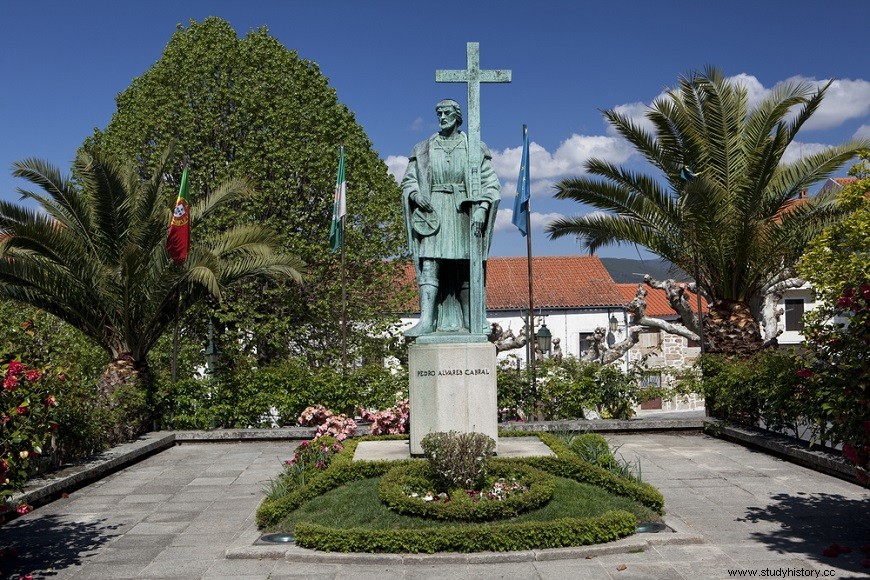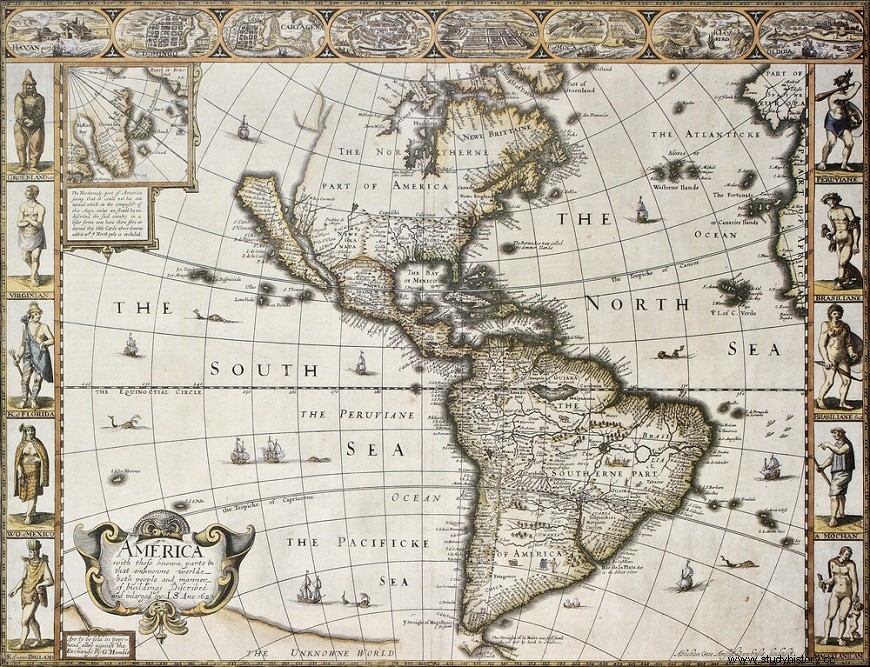
We know that our country has not always had this name, Brazil , and that this has already been the subject of grammatical transformations, such as the change from the spelling with “z” (Brazil) to the one we use today, with “s”.
With discovery of the lands of the South Atlantic, by the Portuguese navigator Pedro Alvares Cabral, on April 22, 1500, the navigator himself named the lands seen, initially, as Terra de Vera Cruz , largely due to the cross of the Order of Christ, which the caravels captained by Cabral displayed in their sails. However, Pero Vaz de Caminha, the rapporteur of the Cabral navigations, in his famous letter, uses the expression Ilha de Vera Cruz , since the Portuguese also believed that those lands made up part of an island that was interposed in the Atlantic, separating Europe from the Indies.
Before that, however, the natives – called Indians by the Portuguese – called that land Pindorama , which in the Tupi language means “land of palm trees”. Even the Brazilian modernist poet Oswald de Andrade, one of the organizers of the 1922 Modern Art Week, in his “Anthropophagous Manifesto” , refers to this Tupi denomination with the aim of rehabilitating indigenous culture to Brazilian identity.
When, in 1501, specifically on the 29th of July, King Dom Manuel communicated in a letter to the Catholic kings the discovery of Brazil, he referred, in turn, to those lands as Land of Santa Cruz , a name that prevailed until the next two centuries. However, already in the 17th century, the name “Brazil” was also already used to refer to such lands, albeit unofficially.

The name Brazil was only consolidated in the 19th century
There is controversy among historians regarding the name “Brasil”. There is a traditional interpretation that links this name to the tree brazilwood , widely explored at the beginning of the Colonization period due to the reddish pigmentation of its wood, which was used to dye fabrics. Those who worked with the extraction of pau-brasil were thus called Brazilians.
However, other investigations point to an old medieval legend, which circulates in the Iberian Peninsula, which referred to Ilha Brasil . Like the lost island of Atlantis, Ilha Brasil was also a mythological place, which fed the medieval imagination, and would be located in the Atlantic, having been represented several times in cartographies from the Middle Ages.
Despite the strictly correct version for the name Brazil , the fact is that its use became notorious and overlapped with other denominations. From the consolidation of the colonial system, in the 1530s, Brazil became known as Colônia do Brasil do Reino de Portugal . With the arrival of the Court of King Dom João VI, in 1808, Brazil became part of the United Kingdom of Portugal, Brazil and Algarves , a name made official in 1815. With Independence, in 1822, Brazil was elevated to the status of an empire, changing its name to Império do Brasil , which prevailed until 1889.
From the Proclamation of the Republic in 1889 and with the first republican constitution in 1891, the name became Estados Unidos do Brasil – with clear inspiration in the United States of America. In 1967, with the constitution elaborated during the Military Dictatorship, the name became Federative Republic of Brazil , due to the federative system already consolidated. That name was kept in the 1988 Constitution and prevails to this day.
